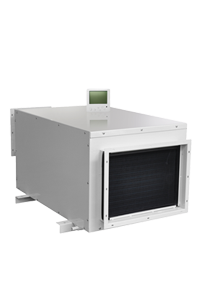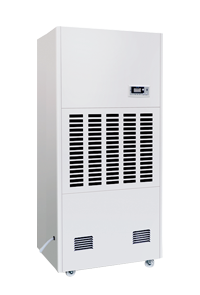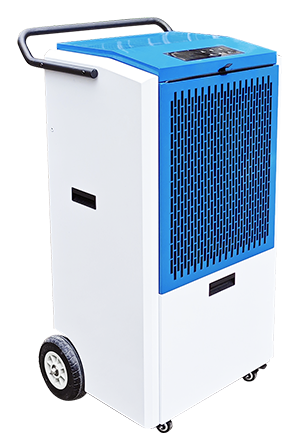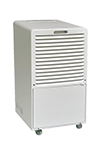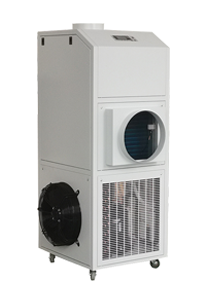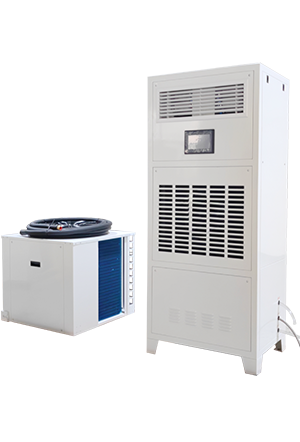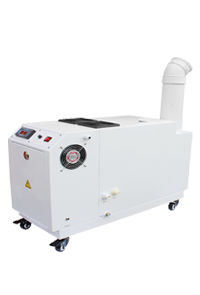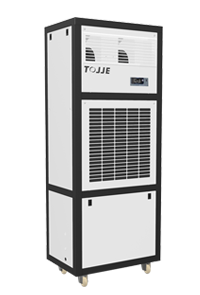News
A home central ceiling-mounted dehumidifier is an excellent solution for maintaining comfortable humidity levels in your home, particularly in spaces like basements, laundry rooms, or any area prone to excess moisture. These systems are designed to be installed in the ceiling or ductwork of a central HVAC system, providing effective and discreet humidity control throughout the home.
Here's an overview of ceiling-mounted dehumidifiers, including their benefits, installation considerations, and key features:
Benefits of Ceiling-Mounted Dehumidifiers
-
Space-Saving Design:
- Ceiling-mounted dehumidifiers are ideal for homes where floor space is limited or where you want to keep the unit out of sight. By mounting the unit in the ceiling or attic space, you can free up valuable living space.
-
Whole-House Coverage:
- These dehumidifiers are typically integrated into your home's HVAC system, allowing for consistent and even humidity control throughout the entire house rather than just in a single room.
-
Improved Air Quality:
- By reducing humidity levels, these systems can help prevent mold growth, reduce dust mites, and improve overall indoor air quality.
-
Quiet Operation:
- Being mounted in the ceiling or attic, these units tend to operate quietly, making them less intrusive in your living space.
-
Energy Efficiency:
- Central dehumidifiers are designed to work efficiently, often using less energy than multiple portable units running in different rooms.
Key Features to Look For
-
Capacity:
- Choose a dehumidifier with a capacity suitable for the size of your home. Capacity is typically measured in pints of moisture removed per day. Larger homes or homes in very humid climates may require higher-capacity units.
-
Automatic Humidistat:
- This feature allows the dehumidifier to automatically adjust its operation based on the current humidity level, maintaining optimal conditions without manual intervention.
-
Drainage Options:
- Look for models with a continuous drainage option, which can connect to your plumbing system for hassle-free water removal.
-
Energy Efficiency:
- Check for Energy Star-rated models that are designed to operate more efficiently, saving on energy costs.
-
Integrated Controls:
- Some units come with built-in controls or can be connected to smart home systems for remote monitoring and control.
-
Air Filtration:
- Additional air filtration features can help remove particulates and allergens, further improving indoor air quality.
Installation Considerations
-
Professional Installation:
- Ceiling-mounted dehumidifiers often require professional installation, especially if integrated with existing HVAC ductwork. This ensures proper setup and efficiency.
-
Space Requirements:
- Ensure there is adequate space in your ceiling or attic for the unit, along with proper clearance for ventilation and maintenance.
-
Access for Maintenance:
- Consider the ease of access for routine maintenance, such as cleaning filters and checking drainage systems.
-
Ductwork Compatibility:
- If integrating with your HVAC system, ensure compatibility with existing ductwork and ventilation.
-
Electrical Requirements:
- Verify that your electrical system can support the dehumidifier, and consider any additional wiring or circuit needs.
A central ceiling-mounted dehumidifier is an effective solution for controlling humidity levels across your entire home, improving comfort, and protecting against moisture-related issues. When selecting a unit, consider factors such as capacity, installation requirements, and features to ensure the system meets your specific needs. Professional installation is often recommended to ensure optimal performance and longevity.

